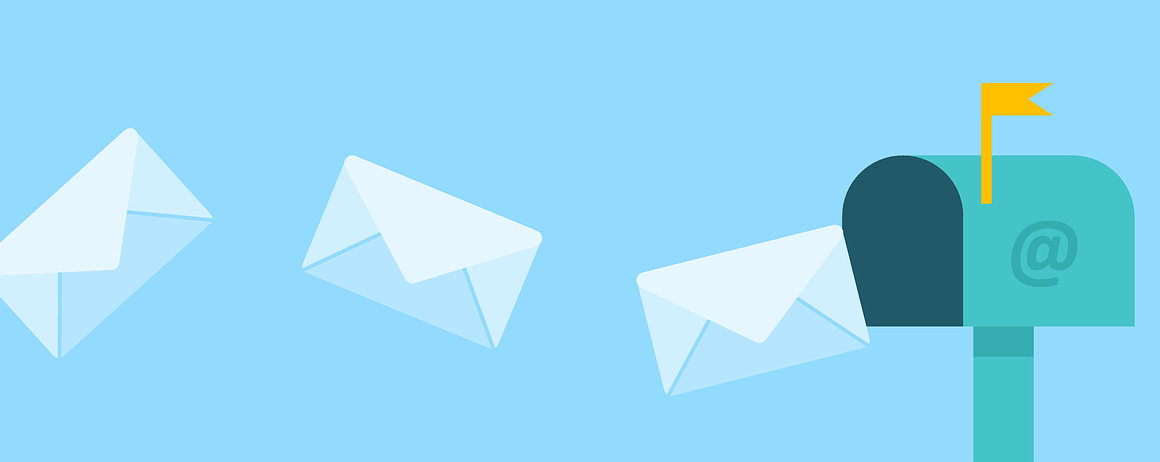Using Behavioral Triggers to Increase Email Conversion Rates
Email marketing remains a powerful tool for businesses seeking to boost conversion rates. However, it’s crucial to understand how behavioral triggers can optimize this process. Analyzing customer behavior allows businesses to send timely, relevant emails tailored to individual customer actions. This approach increases the likelihood of engagement and conversions. By employing behavioral triggers, you can maximize the effectiveness of your email campaigns. Key triggers to consider include abandoned carts, product views, and engagement levels. Moreover, personalizing your messaging based on these triggers aids in establishing a connection with your audience. Always ensure that your email content is relevant to the specific actions of each recipient to drive engagement and actions. Incorporating special offers or reminders about products left in carts can significantly increase customer return rates. Tracking these behaviors effectively will help in segmenting your email audience, leading to improved performance. In today’s competitive e-commerce environment, understanding these triggers can set your business apart and enhance overall marketing strategies. Thus, focusing on behavioral triggers is essential for successful email marketing.
To fully exploit behavioral triggers effectively, businesses need proper tools and analytics integrated with their email marketing efforts. Utilizing customer relationship management (CRM) software can assist in tracking and analyzing user behaviors, enabling better identification of appropriate triggers. A well-structured CRM system will provide insights into customer journeys, allowing you to personalize email campaigns accordingly. Building a database of customer actions is vital to developing effective strategies. The further you can segment your audience based on their behaviors, the more targeted your email marketing will become. For instance, categorizing customers who frequently engage with your brand but haven’t converted yet can help you design specific campaigns to re-engage them. Following that, you also need to pay attention to factors such as email timing, frequency, and subject lines to optimize open rates. A/B testing different approaches for your emails will allow you to find the most effective combination of factors. In this manner, you’ll be in a better position to develop ongoing relationships with potential converts. Ultimately, consistent engagement leads to higher conversion rates, driving your business’s success.
Types of Behavioral Triggers
There are various behavioral triggers that businesses can utilize to enhance their email marketing strategies. One of the most common triggers is abandoned cart reminders. When customers place items in their shopping cart but do not complete the purchase, sending a follow-up email can reignite their interest. Similarly, price drop alerts notify customers when products they desire become cheaper, prompting a likely purchase. Another powerful trigger is purchase follow-ups, where businesses send emails thanking customers for their purchases, often accompanied by product recommendations. This not only boosts customer satisfaction but encourages repeat purchases. Additionally, engagement-based triggers can be greatly effective. Monitoring when customers open emails or click links can guide your future strategies. Implementing re-engagement campaigns for inactive users will also help you draw back potential customers. Every interaction can provide you insight into what resonates with your audience. By refining these behavioral triggers accurately, businesses can foster stronger customer relationships, leading to higher email conversion rates. Incorporating these strategies will ensure your email marketing remains relevant and impactful.
Automation plays a significant role in implementing behavioral triggers within email marketing. Platforms like Mailchimp and HubSpot offer tools that allow businesses to set up automated responses based on user behaviors. These tools can ensure timely communication with minimal manual effort. For example, after a customer abandons their cart, an automated follow-up email can be triggered to remind them of their selected items. Additionally, feedback loops using surveys can help businesses gather information on why customers might be disengaging. Leveraging this data effectively can create tailored content that draws users back to your site. Moreover, setting a series of follow-up messages helps create a nurturing experience for potential customers. Thus, automation saves time while ensuring personalized engagement. This combination is crucial for optimizing email campaigns in today’s fast-paced digital environment. As a result, automating behavioral trigger campaigns can enhance your overall marketing strategy by allowing you to focus on content quality and creativity. Always ensure your automated messages are engaging and visually appealing to maximize the chances of conversion.
Monitoring and Analyzing Results
Monitoring the effectiveness of your email campaigns is essential for understanding the impact of your behavioral triggers. Utilizing analytics tools will provide insights into open rates, click-through rates, and conversion rates. Adjustments based on these metrics can optimize future campaigns. Regularly analyzing performance data helps identify trends within your audience. When you notice consistent engagement or lagging interest, addressing these patterns promptly can save valuable marketing resources. For example, if abandoned cart reminders are not converting, consider revising your messaging or timing. A/B testing different subject lines or email designs is crucial for improving performance. Tracking these metrics over time enables better strategic alignment and resource allocation. Utilize feedback from your audience and encourage survey participation for deeper insights into customer preferences. Continuous improvement in your email strategy hinges on understanding your audience’s behaviors and adapting accordingly. By embracing a data-driven approach, you can evolve alongside customer expectations. This cycle of monitoring, analyzing, and adapting will bolster your email marketing and drive improved conversion rates for your brand.
In addition to monitoring and analyzing results, ongoing education about email marketing and its best practices can significantly impact your strategies. Staying current with industry trends will help you understand new technologies, tools, and techniques that can enhance your campaigns. Joining online forums, attending webinars, and subscribing to newsletters are valuable ways to gather knowledge. Networking with industry professionals can also yield insights into what works for others. Adapting these learnings into your strategies can provide fresh perspectives on managing campaigns. Furthermore, companies can explore case studies showcasing successful email marketing initiatives. Learning from others’ successes enables you to emulate effective strategies and potentially avoid common pitfalls. Don’t forget, the digital landscape is ever-evolving; therefore, adapting to changes is fundamental. Keeping your campaigns dynamic ensures that they resonate with current market sentiments and customer expectations. Expanding your understanding in this area will assist in refining your approach to behavioral triggers. Ultimately, continuous education leads to more effective email marketing strategies, improving your chances of increasing conversion rates.
Conclusion: Integrating Behavioral Triggers into Your Strategy
Integrating behavioral triggers into your email marketing strategy can significantly enhance your conversion rates. By understanding and analyzing customer behaviors, businesses can craft targeted campaigns aimed at individuals. This targeted approach increases user engagement and builds stronger customer relationships. The examples of behavioral triggers, such as abandoned cart reminders and personalized recommendations, illustrate the practical applications available. Equipping your business with automation tools will help in timely engagement with customer actions. Thus, increasing the effectiveness of your campaigns with less manual effort. Continuous monitoring and analysis of performance metrics will keep you informed on the effectiveness of your strategies, enabling ongoing adjustments. Furthermore, investing time in learning about email marketing best practices will empower your marketing efforts. Always strive for innovative approaches and maintain flexibility to adapt to changes within your market. As businesses grow and customer behaviors evolve, your email marketing strategy must remain aligned to meet their needs. Overall, the integration of behavioral triggers into your strategy represents a crucial step in optimizing email conversions and ultimately driving business success.


